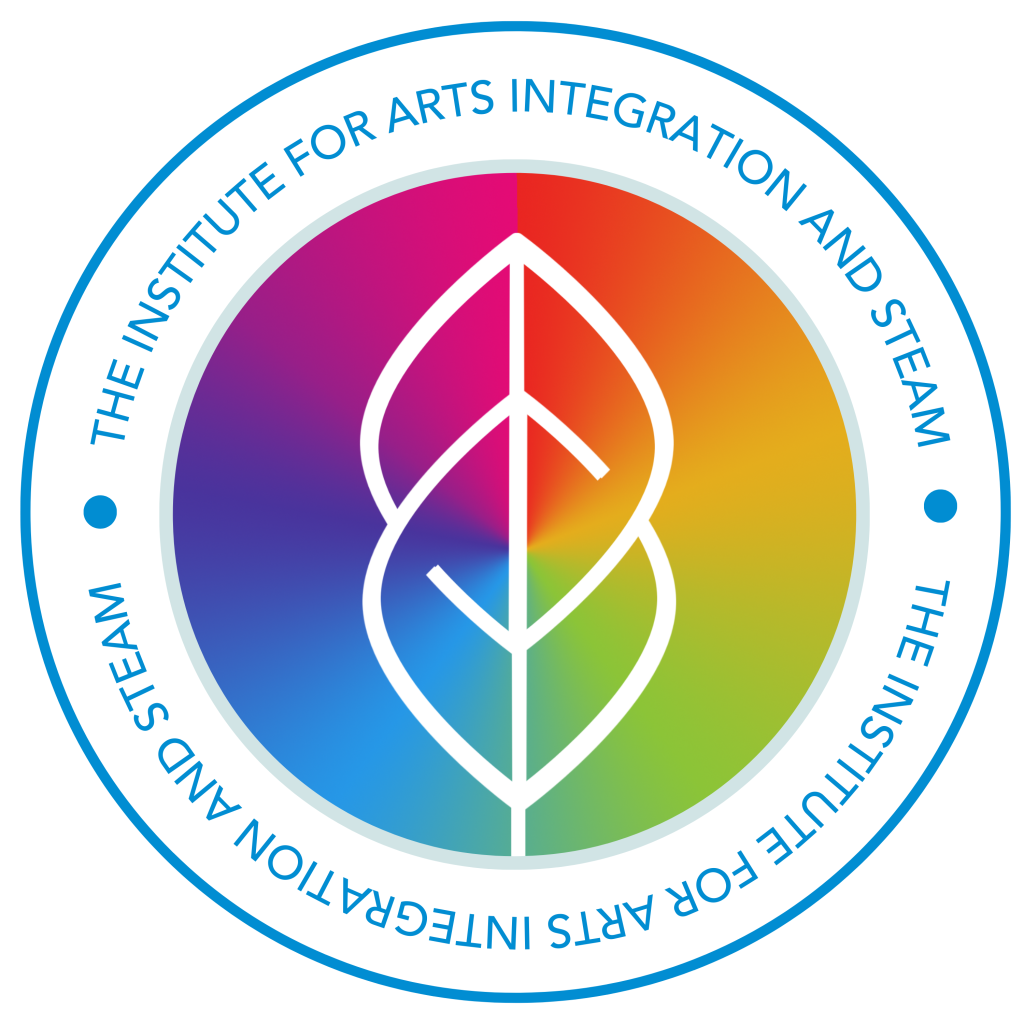Susan Riley | November 2012
The Geometry of Dance
Dance is all about shapes. It's really all about the ways in which you can change the shape of your body to demonstrate an act, a feeling, or an idea. And so, it only makes sense to parallel dance, the geometry of dance. Understanding the elements of geometry is critical when using movement because without it, the movement looks disjointed and unintentional. First, it helps to have a reference point of the elements of dance, and particularly, the element of shape when it comes to dance. Having an understanding of the types of shape that dancers use helps us to determine what geometric concepts we should focus on when using movement in the classroom. One of those key areas is in symmetry and asymmetry, which is the focus of today's math and dance technique.
Symmetrical/Asymmetrical Dance
When watching a beautifully choreographed dance, one of the things you'll notice is the use of symmetry of motion, both of an individual dancer, and in that of a group. You'll also notice the use of asymmetry as a method to break the eye from the scene, or to demonstrate dissent within the piece. Of course, symmetry is a geometric concept and this can be deeply and intentionally taught through the use of motion.
Here are the Steps:
1. Begin by using the Mirroring technique. Review the definition of symmetry through this activity.
2. View a variety of dance scenes (ie: the Nutcracker, Swan Lake, Broadway Musicals like Mary Poppins and the Lion King) and ask students to notice when the dancer(s) move at the same time and in mirrored motions and when they do not. Write down what happens when the dancer(s) move in opposite directions.
3. Have students list a variety of shapes and lines and write them down (square, circle, triangle, diamond, curve, dashed, etc) and determine whether they are a symmetrical or asymmetrical shape. Probe them with questions about how they know this to be true.
4. Individually, have students choose one shape and ask them to move their bodies to create that shape and freeze in that position. Ask the class to notice what makes the individual student's shape symmetrical or asymmetrical.
5. Repeat that activity, but have students create their shapes in groups. The whole group must move either symmetrically or asymmetrically in order to create the chosen shape. Ask students how that made the process different.
Extension: You can always have students choreograph their own dance using a variety of symmetrical and asymmetrical shapes. Set to music, this can be effective way to synthesize how shapes convey meaning and the dance geometry involved in real-life applications.



